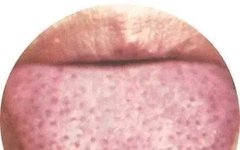Tongue diagnosis, also known as wang she (望舌), is an important method in Traditional Chinese Medicine (TCM) for understanding the physiological functions and pathological changes of the body through observing the variations in the tongue’s appearance.
During tongue diagnosis, observations are made in the order of tip – center – root – sides of the tongue. First, the tongue body is examined, followed by the tongue coating, for about 30 seconds. If the diagnosis is unclear after the first observation, the patient should rest for 3-5 minutes before re-examination.
The following is a collection of commonly seen tongue coatings in TCM clinical practice, presented in high-resolution color images, which we hope will be helpful to everyone.
Tongue Shape and Surface
1. Red spots on the tongue – Excessive internal heat
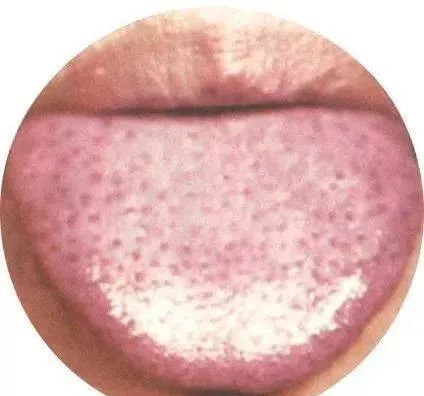
Red spots or prickles on the tongue indicate excessive internal heat. Red spots on the tip, center, and sides of the tongue represent excessive heart fire, gastrointestinal heat, and liver-gallbladder fire, respectively.
2. Cracked tongue – Deficiency of essence and blood
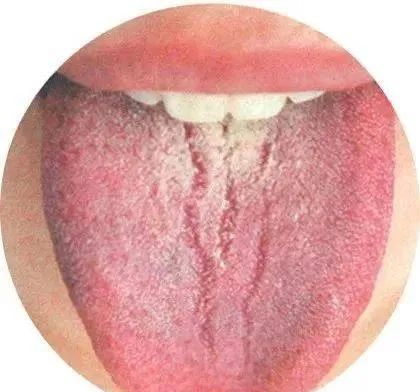
Cracks on the tongue are generally uncovered by tongue coating, indicating deficiency of essence and blood. A white tongue coating with cracks indicates essence and blood deficiency; a crimson and dry tongue with cracks indicates heat damaging body fluids.
3. Teeth marks on the tongue – Yang deficiency
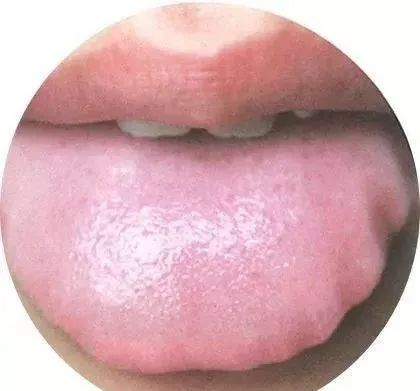 (Source: WeChat Official Account – Comprehensive Knowledge of Chinese Herbs)
(Source: WeChat Official Account – Comprehensive Knowledge of Chinese Herbs)
A pale tongue body with a pale coating indicates deficiency of spleen and kidney yang and the presence of damp phlegm in the body.
This tongue appearance is very soft, indicating a deficiency of yang energy and a decline in physical strength.
4. Pale white tongue – Internal deficiency of sweat
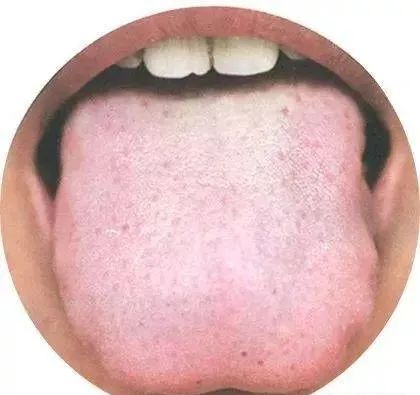
A pale and plump tongue indicates a decline in yang energy; a pale and thin tongue indicates deficiency of qi and blood.
A pale tongue belongs to the category of deficiency syndromes and cold syndromes.
5. Red tongue – Presence of pathogenic heat
 (Source: WeChat Official Account – Comprehensive Knowledge of Chinese Herbs)
(Source: WeChat Official Account – Comprehensive Knowledge of Chinese Herbs)
A red tip with prickles indicates heart fire rising; a tongue that is red with a yellow and dry coating indicates the presence of excess heat; a red tongue body with little or no coating indicates internal heat due to yin deficiency.
This indicates a heat syndrome, which may be due to excessive accumulation of heat in the body, while also observing if there are red spots on the tongue surface.
6. Crimson tongue – Strong pathogenic heat

A crimson tongue with a dry body and prickles or cracks indicates excessive internal heat; a crimson tongue without coating and smooth indicates exhaustion of stomach and kidney yin.
This tongue appearance reflects the deep invasion of pathogenic heat into the blood, usually indicating depletion of body fluids, with deeper colors indicating more severe heat and symptoms.
7. Purple tongue – Poor blood circulation
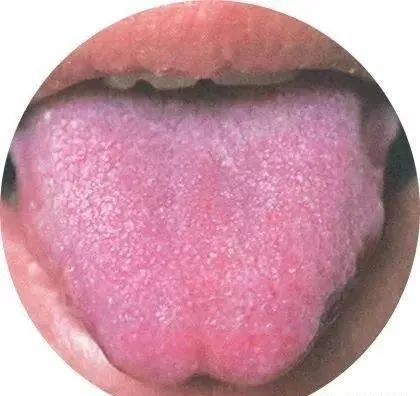
A bluish-purple tongue indicates poor blood circulation. A purple tongue with a reddish hue may indicate excessive internal heat accumulation.
Cold syndromes, heat syndromes, or blood stasis syndromes may present this tongue appearance, primarily caused by poor blood flow.
Tongue Size
1. Fat tongue – Internal cold deficiency
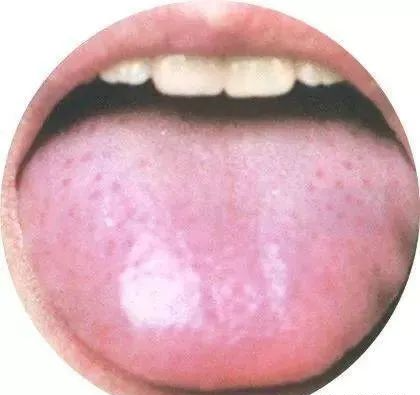
Observe the color of the tongue, the coating, and whether there are red spots on the surface.
A yellowish coating often indicates excessive heart and spleen heat; a swollen tongue with a dark purple color often indicates blood stasis obstructing the channels.
2. Fat pale tongue – Weak yang energy

Due to weak yang energy, the warming and promoting functions are affected, leading to a decrease in the distribution of fluids, resulting in a plump and pale tongue.
A fat pale tongue is a manifestation of weak yang energy and retention of dampness.
3. Thin red tongue – Nutritional deficiency
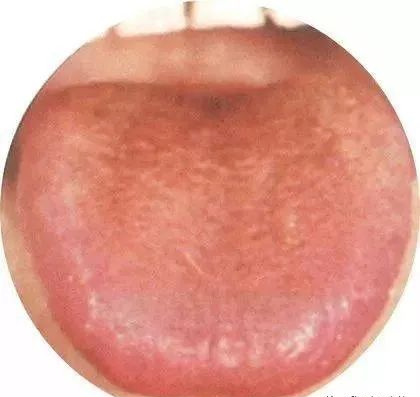
A red tongue indicates internal heat or inflammation, with prolonged heat damaging body fluids, leading to nutritional depletion.
A thin tongue is evidence of a lack of nutrition and moisture in the body.
4. Thin pale tongue – Deficiency of both qi and blood
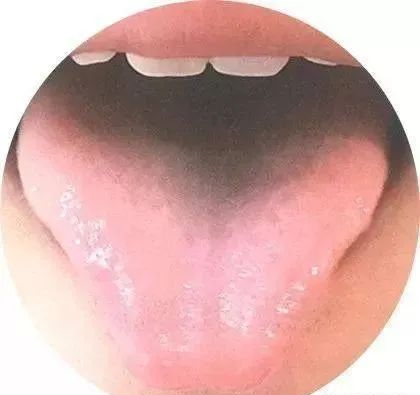
A thin pale tongue with noticeable coating often accompanies mild colds or digestive issues, indicating a weak constitution.
This primarily reflects a pathological state of deficiency of both qi and blood, indicating malnutrition in the body.
5. Old tongue – Confrontation of righteous and evil
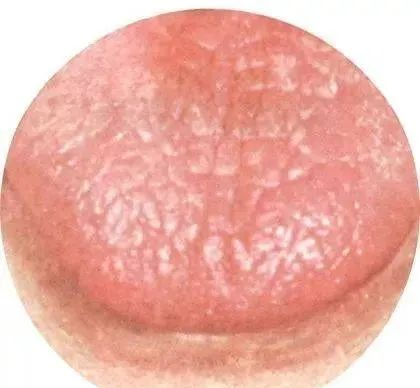
The tongue coating is yellowish-white or gray-black, often indicating a predominance of excess syndrome or heat syndrome.
An old tongue is commonly seen in the stage where the righteous and evil forces are at a standstill, indicating that the pathogenic qi is strong, but the body’s resistance is also robust.
6. Tender tongue – Low metabolic function
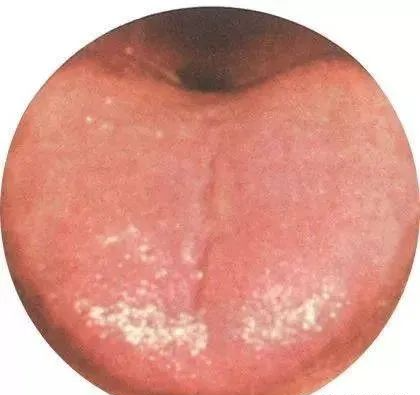
This often indicates deficiency syndromes, cold syndromes, or damp syndromes.
Weak internal organ function, low nutritional metabolism, and weakened immune function are often seen in sub-healthy individuals.
Tongue Coating Thickness
1. Thin coating – Mild condition
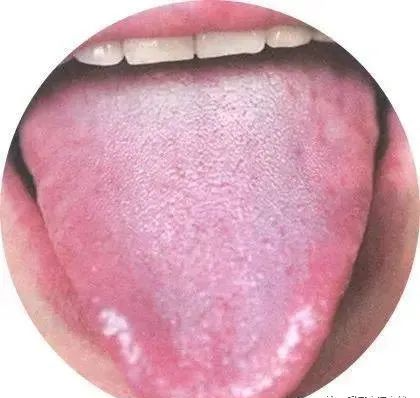
A thin white coating and a light red tongue are normal tongue appearances; a thin yellow coating primarily reflects the pathological characteristics of the initial stage of heat syndrome.
This indicates a normal tongue coating or an early stage of disease, or shows a mild condition.
2. Thick coating – Gastrointestinal stagnation
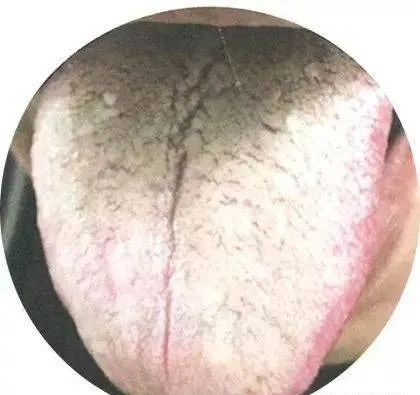
If the tongue body is red, with a yellow, thick, and dry coating, it indicates excessive heat damaging yin; if it is a pale red tongue with a thick, white, greasy coating, it indicates phlegm, dampness, or food stagnation.
This indicates a transition from a mild to a severe condition, or the presence of gastrointestinal stagnation.
3. Dry coating – Vomiting and diarrhea damaging fluids
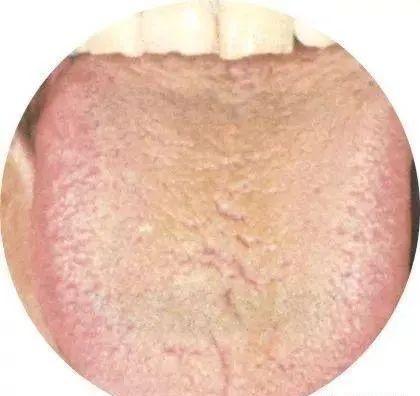
If the tongue coating is only dry and white, it indicates poor circulation of body fluids; if the tongue coating is dry and yellow, it indicates excessive stomach heat damaging body fluids; if the tongue coating is dry and black, it indicates extreme heat damaging yin.
This generally indicates high fever and vomiting or diarrhea damaging fluids. It is also important to check the color of the tongue itself.
4. Rough coating – Fluid deficiency
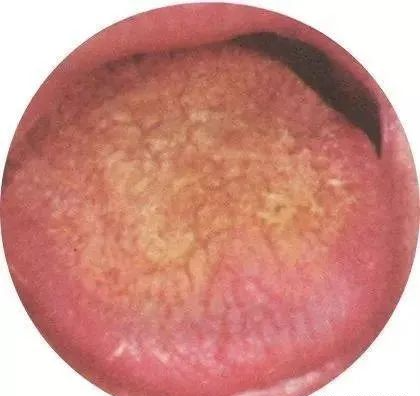
If the internal dryness becomes severe, it raises concerns about chronic diseases such as hyperlipidemia or diabetes, and individuals with asthma may experience difficulty breathing.
A rough coating indicates severe fluid deficiency.
5. Slippery coating – Mental fatigue

If the body is easily fatigued, mentally drained, and lacking energy, it indicates a state of various functional declines and reduced immunity.
This indicates deficiency syndromes and cold syndromes. It is also important to observe the size of the tongue and the teeth marks on the edges.
6. Greasy coating – Dampness and turbidity accumulation
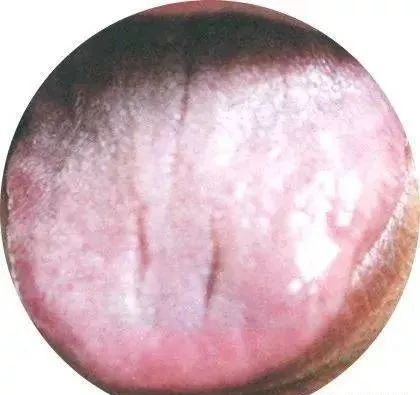
A white tongue coating that adheres to the surface of the tongue indicates internal cold and dampness; if the tongue coating is yellow, it indicates internal dampness or phlegm turbidity accumulating and transforming into heat.
This indicates dampness and turbidity accumulation, with yang energy being restrained, primarily indicating phlegm dampness and food accumulation.
7. Putrid coating – Excessive internal heat
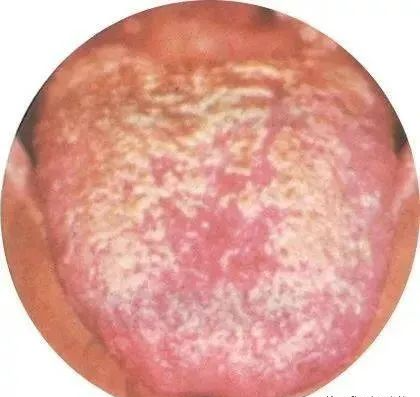
Be cautious of discomfort and infections caused by overeating.
A putrid coating often belongs to heat syndrome, primarily indicating food accumulation and phlegm dampness.
Tongue Coating Color
1. White coating – Dampness and phlegm accumulation
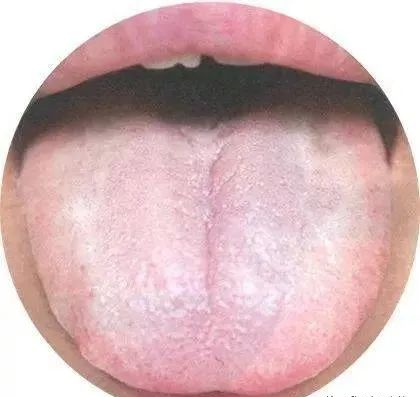
A thin white coating indicates a normal tongue coating or the initial stage of an exterior syndrome. A thin white and slippery coating indicates internal cold syndrome or dampness syndrome; a thin white and greasy coating indicates dampness and phlegm accumulation.
Based on the moisture level and thickness of the tongue coating, it can be classified into thin white coating, white slippery coating, white dry coating, and white powdery coating.
2. Yellow coating – Transformation of cold into heat
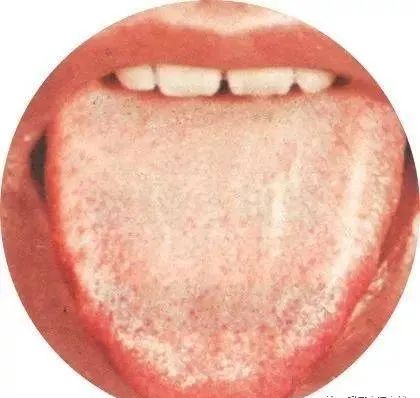
A thin yellow coating indicates mild heat; a yellow coating indicates significant heat; a scorched yellow coating indicates extreme heat; a yellow greasy coating indicates damp-heat syndrome.
A yellow coating indicates a disease, primarily indicating spleen and stomach diseases, internal syndromes, and heat syndromes.
3. Gray coating – Dampness and turbidity obstruction
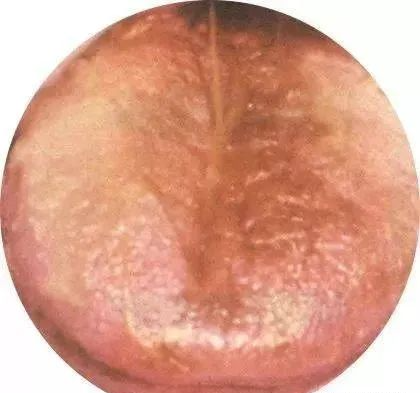
Once the tongue coating turns gray, it indicates that the disease has taken root in the body, and the condition has become severe.
A grayish-white coating indicates internal cold dampness or dampness and turbidity obstruction; a grayish-yellow and dry coating indicates internal heat damaging body fluids.
4. Black coating – Intensified pathogenic heat
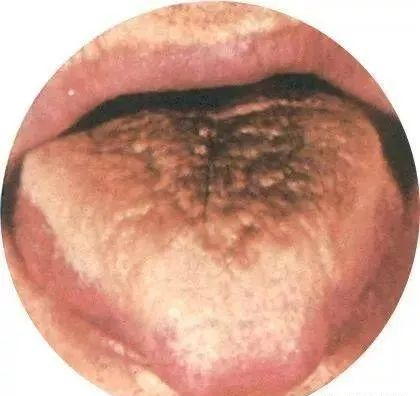
A black dry coating indicates the influence of chronic diseases or inflammation; a black greasy coating indicates excessive accumulation of pathogenic heat and dampness in the body.
A black coating indicates a severe condition or a tendency for the condition to become chronic.
1. Qi deficiency tongue appearance
1. Pale fat tongue with stasis spots
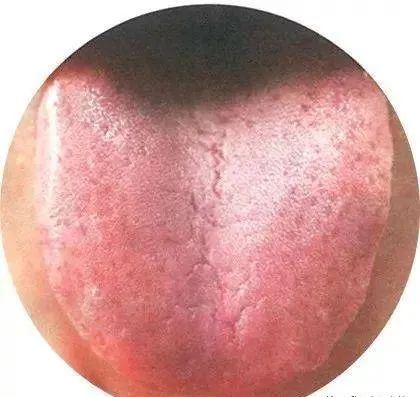
Tongue quality: dull and fat
Tongue coating: thin
Tongue surface: obvious stasis spots on the front half of the tongue
This tongue appearance is often seen in patients with fatigue, easy exhaustion, cold intolerance, and abdominal distension due to weak transformation.
2. Dull tongue with thin greasy coating
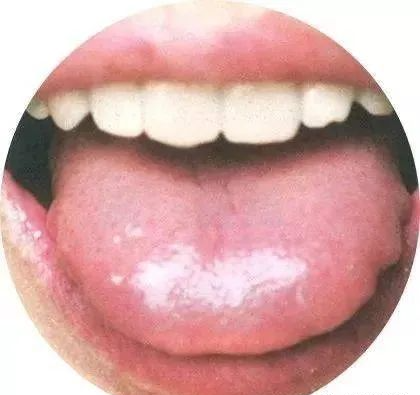
Tongue color: dark red
Tongue coating: thin greasy
Tongue surface: moist
This tongue appearance is often due to deficiency of righteous qi and poor transformation in the middle burner. Patients may experience general fatigue, memory decline, poor appetite, and abnormal bowel movements.
3. Fat tender tongue, mirror-like
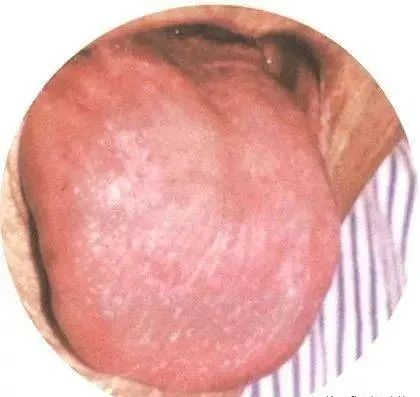
Tongue color: reddish
Tongue quality: tender
Tongue body: fat
This tongue appearance is typical of both qi and yin deficiency, and such patients may experience fatigue, shortness of breath, mental fatigue, and poor digestion.
4. Pale dull tongue with stasis spots

Tongue quality: dull
Tongue coating: few and thin white
Tongue body: red tip with slight stasis spots
This tongue appearance is often due to complex conditions, resulting from long-term deficiency of both qi and blood.
5. Pale fat tongue with white coating
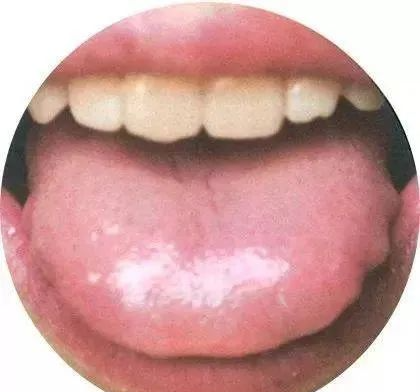
Tongue body: pale and large
Tongue quality: tender
Tongue coating: white
This tongue appearance is often caused by qi deficiency, leading to insufficient lung and spleen qi, resulting in a tender and fat tongue with a white coating.
6. Pale thin tongue with white coating
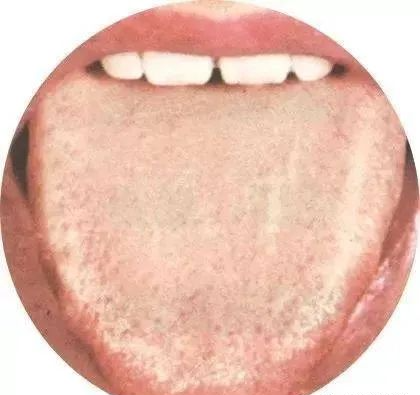
Tongue body: slightly thin
Tongue quality: pale
Tongue coating: white
This tongue appearance is often due to lung and kidney qi deficiency, leading to abnormal descent. Long-term lung qi weakness can damage the kidneys. The kidneys are the root of qi; if the kidneys do not hold qi, it leads to coughing.
7. Pale red tongue with thin white coating
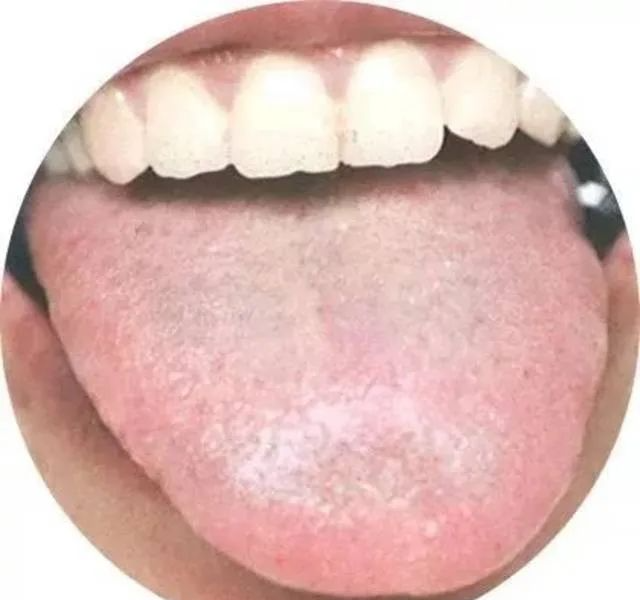
Tongue quality: pale red
Tongue coating: thin and white
Tongue surface: relatively moist
This tongue appearance is often due to qi deficiency, with external invasion of wind-cold, leading to poor lung qi and obstruction of the upper orifices.
8. Dark red tongue with yellow greasy coating
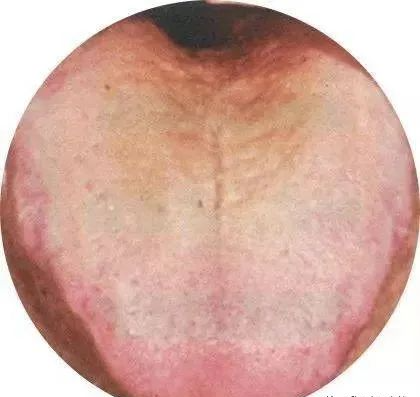
Tongue quality: dark red
Tongue coating: yellow greasy
Tongue body: with teeth marks on the edges
A yellow greasy coating with teeth marks indicates heavy phlegm dampness and a tendency to transform into heat, with the teeth marks located at the back of the tongue indicating a lower jiao condition.
9. Thin small tongue with thin greasy coating
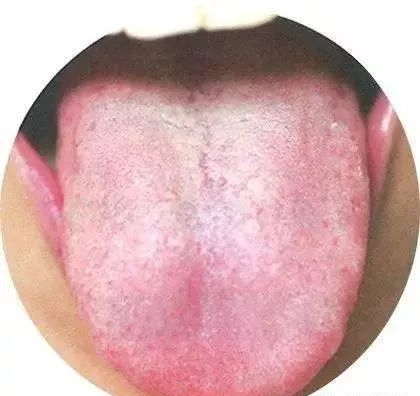
Tongue quality: small
Tongue coating: thin greasy
Tongue surface: with more body fluids
This tongue appearance may also be accompanied by a pale complexion, shoulder and back pain, lack of appetite, dizziness, and bone density loss.
10. Dark red tongue with fat tongue
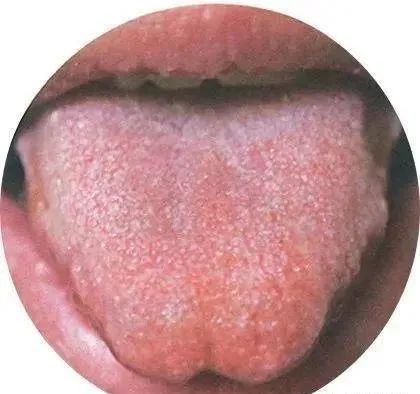
Tongue quality: dark red
Tongue coating: thin white, slightly dry
Tongue body: with teeth marks on the edges
This tongue appearance may indicate mental fatigue, heat in the palms and soles, fullness in the stomach, lack of appetite, pale complexion, and irritability.
11. Dark dull tongue with yellow greasy coating
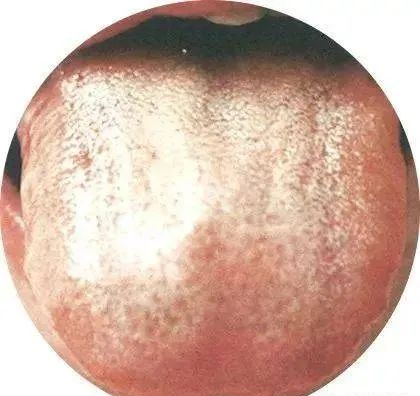
Tongue coating: yellow greasy
Tongue quality: dark dull
Tongue body: with teeth marks on the edges
This tongue appearance may indicate a pale complexion, cold hands and feet, fatigue, and poor appetite.
12. Thin red tongue with yellow greasy coating
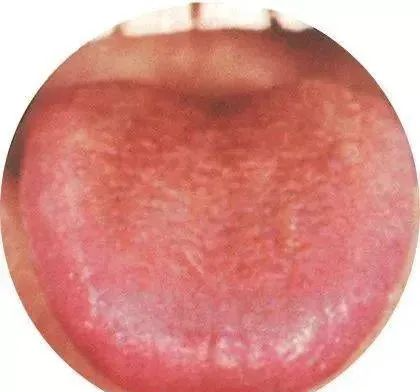
Tongue body: thin
Tongue quality: dark red
Tongue coating: yellow greasy, and dry
This tongue appearance indicates excessive liver fire and stomach heat. Common symptoms include heat in the palms and soles, tidal fever, night sweats, irritability, insomnia, and blurred vision.
13. Cracked tongue with yellow greasy coating
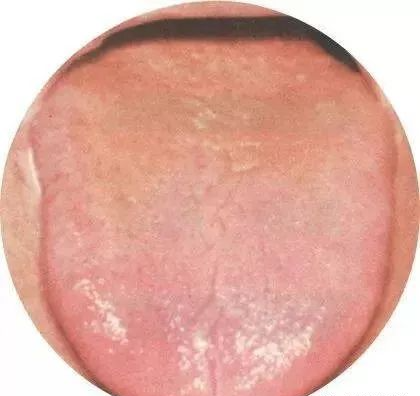
Tongue coating: few or no coating
Tongue quality: reddish
Tongue surface: with small cracks
This tongue appearance indicates the body is experiencing liver and kidney yin deficiency, with qi and blood stagnation. Common symptoms include irritability, abdominal distension, poor digestion, and dry mouth.
14. Pale red tongue with thin white coating
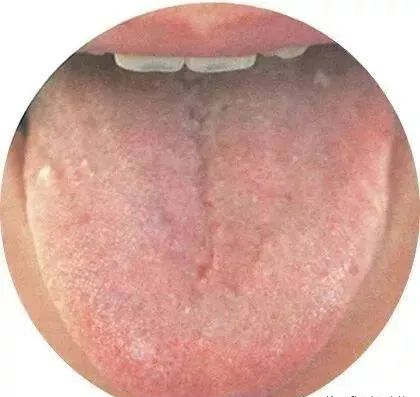
Tongue body: with cracks
Tongue quality: pale red
Tongue coating: slightly thick white greasy
This tongue appearance indicates liver and kidney deficiency. Common symptoms include forgetfulness, dizziness, tinnitus, flank pain, weakness in the lower back and knees, dry mouth, and insomnia with vivid dreams.
15. Dark red tongue with yellow greasy coating
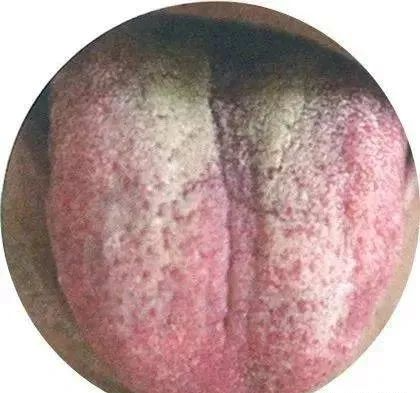
Tongue surface: with cracks
Tongue body: reddish
Tongue coating: yellow greasy
This tongue appearance indicates excessive liver yang, liver qi stagnation, and transformation into fire, leading to upward disturbance of the clear orifices.
16. Pale tongue with yellow greasy coating
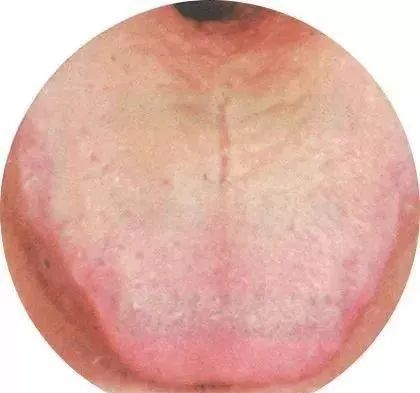
Tongue coating: yellow greasy, thick
Tongue quality: pale
Tongue body: with stasis spots
This tongue appearance indicates damp-heat accumulation in the liver and gallbladder, leading to qi stagnation and bile overflow. This tongue appearance may be accompanied by abdominal distension and pain.
17. Gray-black tongue with yellow greasy coating
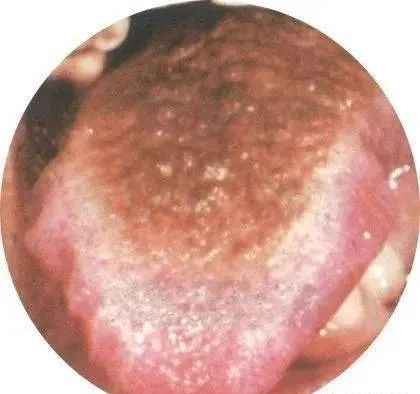
Tongue color: dark purple
Tongue body: slightly fat
Tongue coating: yellow greasy, gray-black
This tongue appearance indicates damp-heat accumulation in the liver and gallbladder, leading to bile overflow and the appearance of yellow greasy coating, while heat from yang evil and blood stasis mutually bind to present a gray-black tongue appearance.
18. Dark red tongue with yellow coating
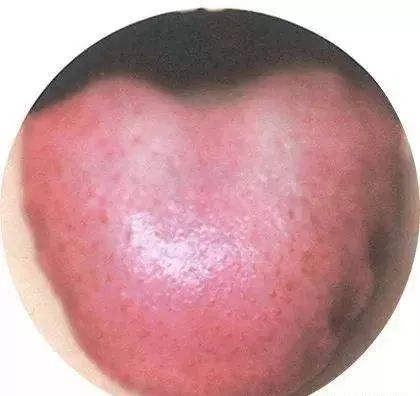
Tongue quality: dark red
Tongue coating: yellow greasy
Tongue body: normal
This tongue appearance is often due to internal dampness and heat, leading to qi stagnation and transformation into heat. Therefore, if the patient has a fever, the heat symptoms are difficult to resolve.
19. Pale fat tongue with yellow greasy coating
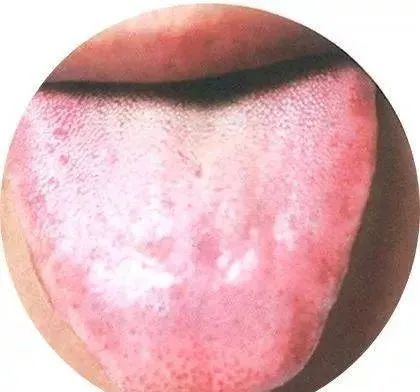
Tongue quality: pale
Tongue coating: yellow greasy
Tongue body: fat, with teeth marks
This tongue appearance indicates a heavy body, excessive appetite, chest tightness, phlegm accumulation, excessive sweating, and heat in the palms and soles.
20. Pale red tongue with thin white coating
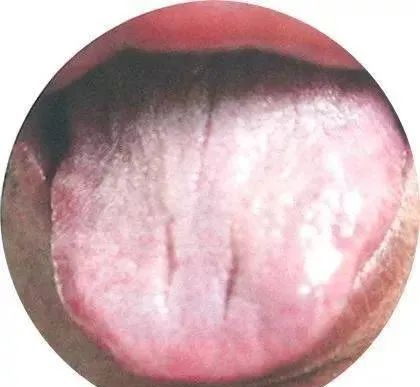
Tongue body: thicker, with cracks
Tongue coating: thin white
Tongue color: reddish
This tongue appearance indicates a state of lesser yang wind-fire and phlegm dampness disturbance. If the cracks appear in the middle of the tongue, it indicates heat in the spleen and stomach; if the sides of the tongue are red, it indicates heat in the liver and gallbladder.
21. Cracked red tongue with thin white coating

Tongue quality: red and stiff
Tongue coating: relatively dry
Tongue surface: with deep cracks
This tongue appearance indicates excessive internal heat and a lack of moisture or fluids. Patients with this tongue appearance may also experience dry mouth, mental fatigue, and other symptoms.
22. Fat tongue with deep yellow greasy coating
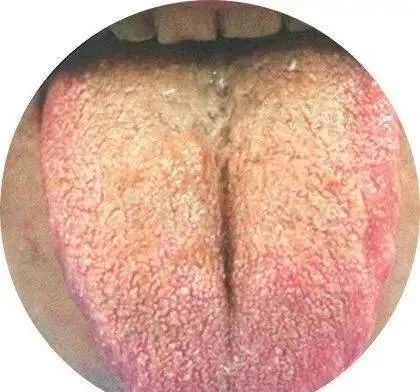
Tongue body: fat, with teeth marks
Tongue coating: deep yellow, thick greasy
Tongue surface: with cracks and stasis spots
This tongue appearance indicates fever, heat in the body, heavy head, body heaviness, dry mouth, bitter taste, short and red urine, and dry or unformed stools.
23. Thin red tongue with yellow thick greasy coating
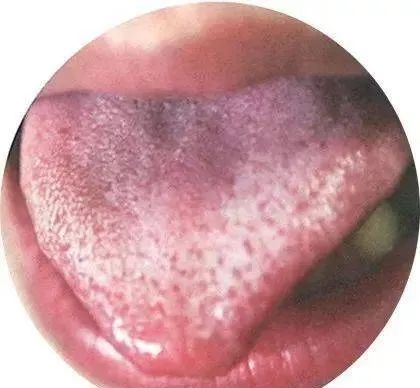
Tongue coating: yellow greasy, slightly thick
Tongue quality: reddish
Tongue body: thin, with stasis underneath
This tongue appearance indicates fever, heavy head, body heaviness, dry mouth, bitter taste, short and red urine, and thin or unformed stools.
6. Blood stasis tongue appearance
1. Dark red tongue with stasis spots
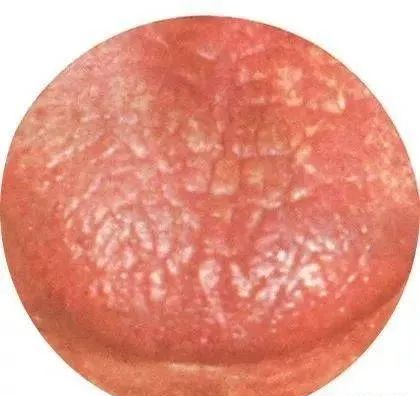
Tongue body: with stasis spots and cracks
Tongue quality: dark red
Tongue coating: yellow greasy
This tongue appearance is often seen in patients with long-term phlegm turbidity obstruction, leading to blood stasis and internal accumulation, which can damage body fluids over time.
2. Purple dark tongue with pale white coating
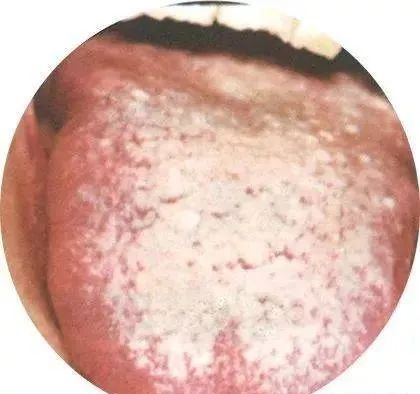
Tongue body: with stasis spots, dry
Tongue color: purple dark
Tongue coating: white, pale
This tongue appearance often indicates internal stasis of blood and toxins, leading to a purple dark tongue and dry coating, which can damage body fluids over time.
3. Teeth marks tongue with white greasy coating
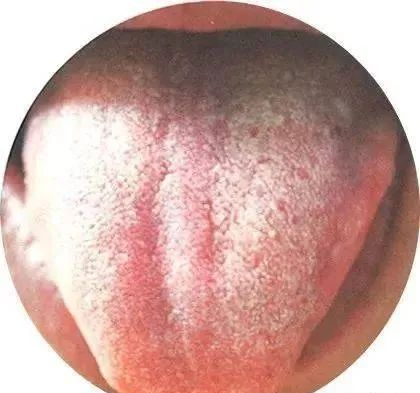
Tongue quality: dark red
Tongue coating: white greasy
Tongue body: with teeth marks and stasis spots
This tongue appearance may indicate a dull complexion, pigmentation, easy bruising, dark lips, irritability, and forgetfulness.
4. Blue-purple tongue with stasis spots
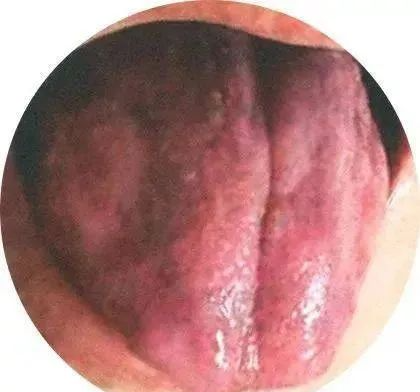
Tongue color: purple dark
Tongue coating: pale white
Tongue body: with stasis spots
This tongue appearance often indicates pain in the flanks, with a stabbing sensation, a dull complexion, fatigue, and abdominal distension.
5. Purple dark tongue with stasis spots
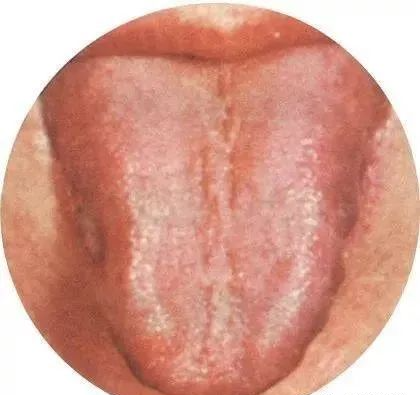
Tongue quality: purple dark
Tongue coating: pale white
Tongue body: moderate, with stasis spots
This tongue appearance often indicates blood stasis, leading to a purple dark tongue and stasis spots.
6. Purple dark tongue with stasis spots
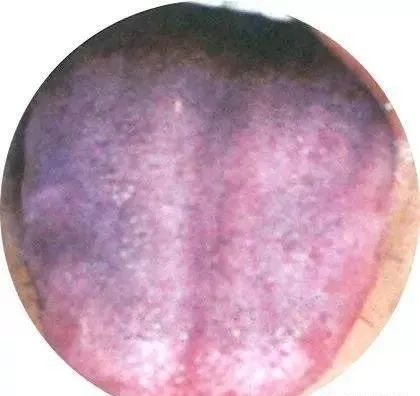
Tongue color: purple dark
Tongue body: with stasis spots
Tongue coating: slightly yellow
This tongue appearance often indicates blood stasis, leading to internal accumulation and stasis.
7. Pale red tongue with small cracks

Tongue quality: pale
Tongue coating: thin, yellow
Tongue surface: with cracks, moist
This tongue appearance often indicates a dull complexion, pigmentation, easy bruising, dark lips, irritability, and forgetfulness.
8. Purple dark tongue with white greasy coating
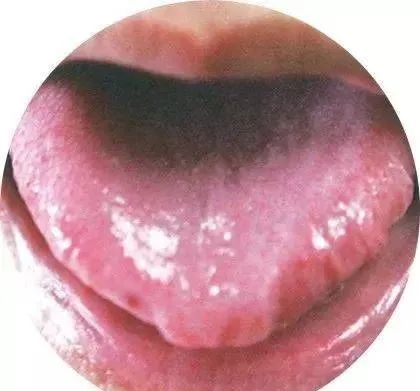
Tongue quality: purple dark
Tongue coating: white greasy
Tongue body: normal
This tongue appearance may indicate depression, abdominal distension, and pain, excessive phlegm, and coldness in the limbs.
9. Purple dark tongue with stasis spots
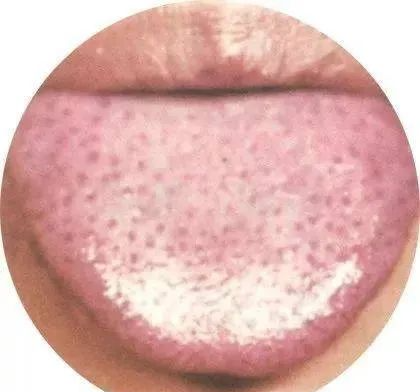
Tongue quality: purple dark
Tongue coating: pale white
Tongue body: with stasis spots
This tongue appearance may indicate coldness in the limbs, emotional distress, and irritability.
10. Dark red tongue with thin white coating
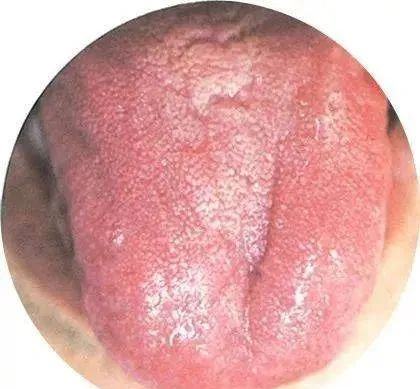
Tongue quality: reddish
Tongue coating: thin white
Tongue body: with small cracks
This tongue appearance may indicate bitter taste, dry mouth, fatigue, and other symptoms.
11. Dark red tongue with thin yellow greasy coating
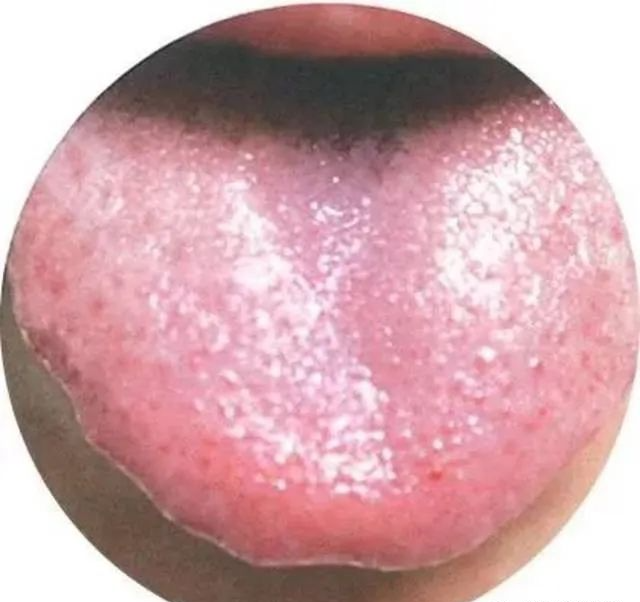
Tongue coating: thin, yellow greasy
Tongue quality: dark red
Tongue body: with teeth marks
This tongue appearance may indicate abdominal pain, belching, and other symptoms.
7. Qi stagnation tongue appearance
1. Dark red tongue with yellow greasy coating
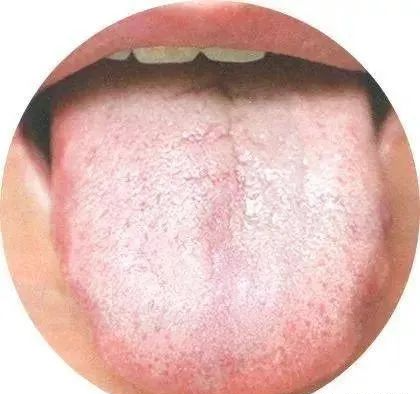
Tongue body: fat
Tongue quality: dark dull
Tongue coating: thin greasy
Patients often experience fatigue, mental fatigue, irritability, and head heaviness.
2. Fat tongue with white greasy coating
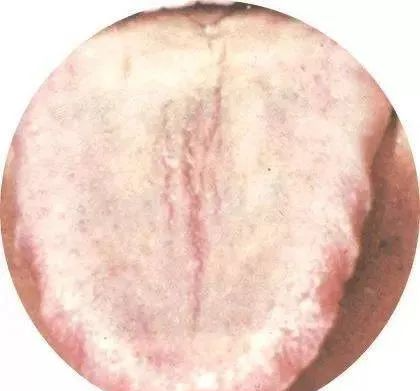
Tongue body: fat
Tongue surface: with cracks
Tongue coating: thick greasy
Patients may also experience dizziness, irritability, anxiety, palpitations, shortness of breath, fear, tinnitus, insomnia, and back pain.
3. Dull tongue with greasy coating
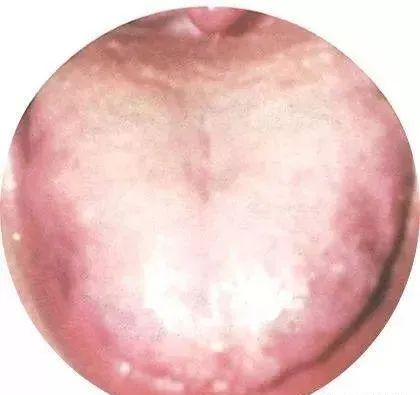
Tongue color: dull
Tongue body: fat
Tongue coating: thick greasy, slippery
This tongue appearance is often seen in patients with qi stagnation and water retention, phlegm dampness obstructing the channels, and may also present with mental fatigue and heaviness in the limbs.
4. Dark red tongue with a red tip
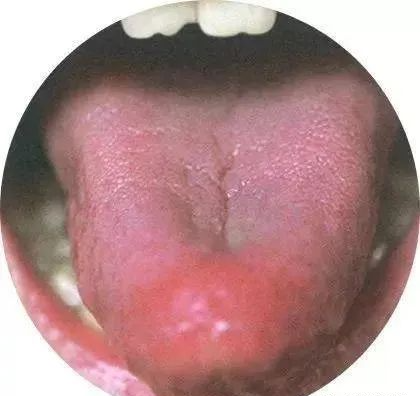
Tongue body: dark red
Tongue tip: red
Tongue surface: with stasis
This tongue appearance indicates that the patient has a weak constitution, and surgery has exacerbated the deficiency of liver and kidney, leading to dysfunction of the organs and excessive heart fire.
5. Dark red tongue with greasy coating
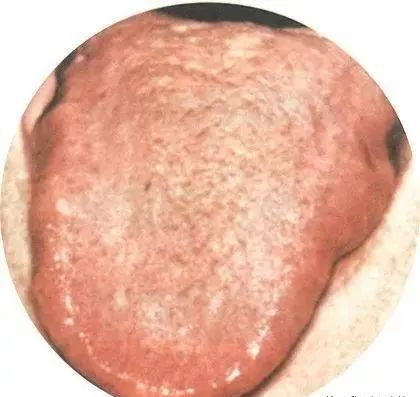
Tongue body: fat, with teeth marks
Tongue quality: dark red
Tongue coating: greasy
Clinically, these patients primarily present with gastrointestinal discomfort, loose stools or constipation, and poor appetite.
6. Dark red tongue with greasy coating
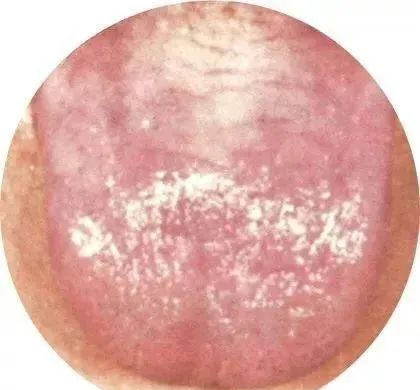
Tongue quality: dark red
Tongue body: with stasis
Tongue coating: greasy, with mucus
Clinically, these patients often present with emotional suppression, difficulty in expression, or excessive thinking, along with heaviness in the limbs and slow movements.
7. Pale red tongue with thick white greasy coating

Tongue coating: white greasy, thick
Tongue quality: pale red
Tongue body: fat
This tongue appearance may indicate emotional depression, chest tightness, fullness in the flanks, and a sensation of obstruction in the throat.
8. Dark red tongue with stasis spots
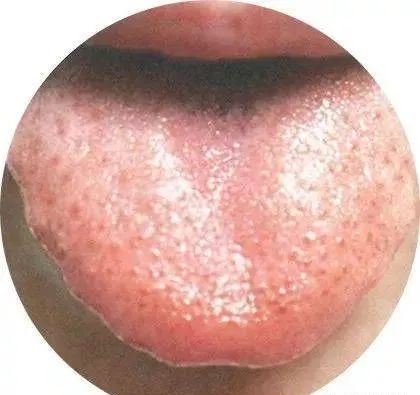
Tongue quality: dark red
Tongue coating: thin white
Tongue body: with stasis spots
This tongue appearance may indicate pain in the flanks, chest tightness, abdominal distension, belching, and menstrual irregularities in women.
9. Thin white coating with small tongue

Tongue body: small
Tongue coating: thin white
Tongue surface: relatively dry
This tongue appearance often indicates general fatigue, a dull complexion, and poor appetite.
10. Fat tongue with white greasy coating and stasis spots
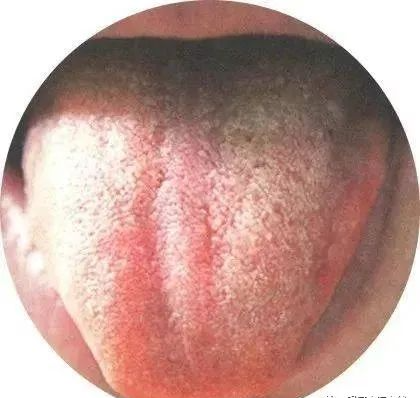
Tongue body: pale red
Tongue coating: white greasy
Tongue body: fat, with stasis spots
This tongue appearance may indicate emotional depression, emotional fragility, irritability, and instability, and may be prone to plum pit qi and depression.
11. Dark red tongue with thin white coating and stasis spots
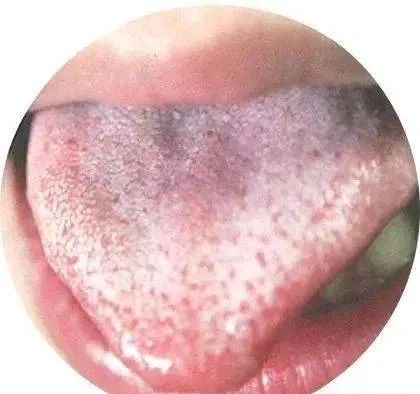
Tongue quality: dark red
Tongue coating: thin white
Tongue surface: with stasis spots
This tongue appearance may indicate fever, headache, heaviness, bitter taste, chest tightness, short and red urine, and thin or unformed stools.
8. Special constitution tongue appearance
1. Teeth marks tongue with thick white greasy coating
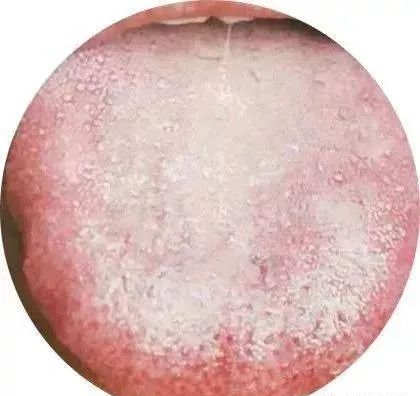
Tongue quality: dull, slightly red
Tongue body: fat
Tongue edges: with teeth marks
This tongue appearance may indicate oily complexion, easy acne, bitter taste, dry mouth, heaviness, and difficulty in bowel movements.
2. Red tongue with little coating
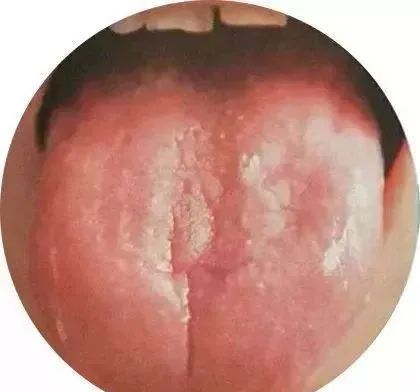
Tongue coating: little
Tongue quality: dark red
Tongue surface: with cracks
This tongue appearance may indicate low-grade fever, heat in the palms and soles, afternoon tidal fever, night sweats, dry mouth, insomnia, dizziness, and tinnitus.
Excerpted from Sohu.com
Note: This account aims to promote TCM culture. The TCM knowledge mentioned in this article is for learning and exchange purposes only.
WeChat has been updated! If you neither ★ starred me, nor liked or “viewed” my articles, the system will assume you do not need to receive updates on TCM knowledge, and ultimately, you will not receive our article updates.
Thank you for your patience in reading. If you find it helpful, please click “like” and “view” at the bottom.
There is an ancient saying: “When three people walk together, there must be a teacher among them.” To facilitate the integration of TCM knowledge, mutual exchange, and collective growth.
The Comprehensive Knowledge of Chinese Herbs is preparing to establish a discussion group. If you wish to join, please add the editor’s WeChat and indicate your identity. The editor invites you to join the group.


